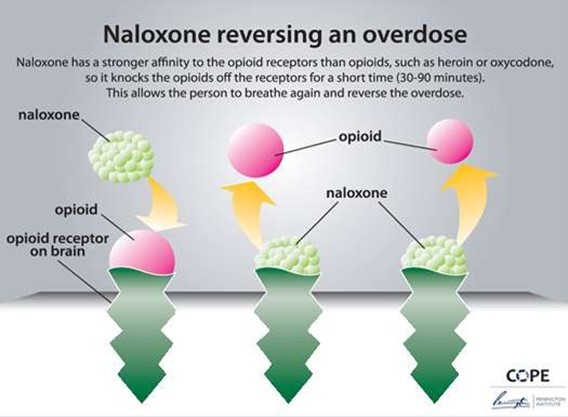A nurse is caring for a client who has heart failure and is taking hydrochlorothiazide.
The nurse should monitor the client for which of the following manifestations as an adverse effect of the medication?
Hypermagnesemia.
Hypernatremia.
Hypocalcemia.
Hypokalemia.
The Correct Answer is D
The nurse should monitor the client for hypokalemia as an adverse effect of hydrochlorothiazide.
Hypokalemia refers to a low level of potassium in the blood.
Choice A is wrong because hypermagnesemia is not a commonly reported adverse effect of hydrochlorothiazide.
Choice B is wrong because hypernatremia is not a commonly reported adverse effect of hydrochlorothiazide.
Choice C is wrong because hypocalcemia is not a commonly reported adverse effect of hydrochlorothiazide.
Nursing Test Bank
Naxlex Comprehensive Predictor Exams
Related Questions
Correct Answer is D
Explanation
Filgrastim is a medication that stimulates the production of white blood cells in the bone marrow. It is used to prevent or treat neutropenia (low white blood cell count) caused by chemotherapy, bone marrow transplant, or other conditions.
According to the guidelines for filgrastim administration, the nurse should file an incident report for the following data:
d. The nurse flushed the client’s IV line with dextrose 5% in water before and after the medication was administered.
This is because filgrastim is incompatible with dextrose solutions and should not be mixed or diluted with them. Filgrastim should only be administered in normal saline (0.9% sodium chloride) solution. Flushing the IV line with dextrose 5% in water could reduce the effectiveness of filgrastim or cause adverse reactions.
The other data are not reasons to file an incident report, as they are either within the normal range or not related to filgrastim administration.
a. The client had chemotherapy 12 hr before the medication was administered.
This is not a problem, as filgrastim can be given at any time during the chemotherapy cycle, as long as it is not given within 24 hours before or after the chemotherapy dose.
b. The medication vial sat at room temperature for 2 hr before it was administered.
This is acceptable, as filgrastim can be left out at room temperature for up to 24 hours, as long as it is not exposed to direct sunlight or shaken.
c. The client’s absolute neutrophil count was 2,500/mm³ before the medication was administered.
This is within the normal range, as the normal absolute neutrophil count is between 1,500 and 8,000/mm³. Filgrastim can be given to prevent neutropenia or to increase the white blood cell count before apheresis (a procedure to collect stem cells from the blood)
Correct Answer is B
Explanation

This is because naloxone is an opioid antagonist that rapidly reverses an opioid overdose by attaching to opioid receptors and reversing and blocking the effects of other opioids.
It can quickly restore normal breathing to a person if their breathing has slowed or stopped because of an opioid overdose.
Choice A is wrong because decreased nausea is not a therapeutic effect of naloxone.
Choice C is wrong because decreased blood pressure is not a therapeutic effect of naloxone.
Choice D is wrong because increased pain relief is not a therapeutic effect of naloxone.
Whether you are a student looking to ace your exams or a practicing nurse seeking to enhance your expertise , our nursing education contents will empower you with the confidence and competence to make a difference in the lives of patients and become a respected leader in the healthcare field.
Visit Naxlex, invest in your future and unlock endless possibilities with our unparalleled nursing education contents today
Report Wrong Answer on the Current Question
Do you disagree with the answer? If yes, what is your expected answer? Explain.
Kindly be descriptive with the issue you are facing.
